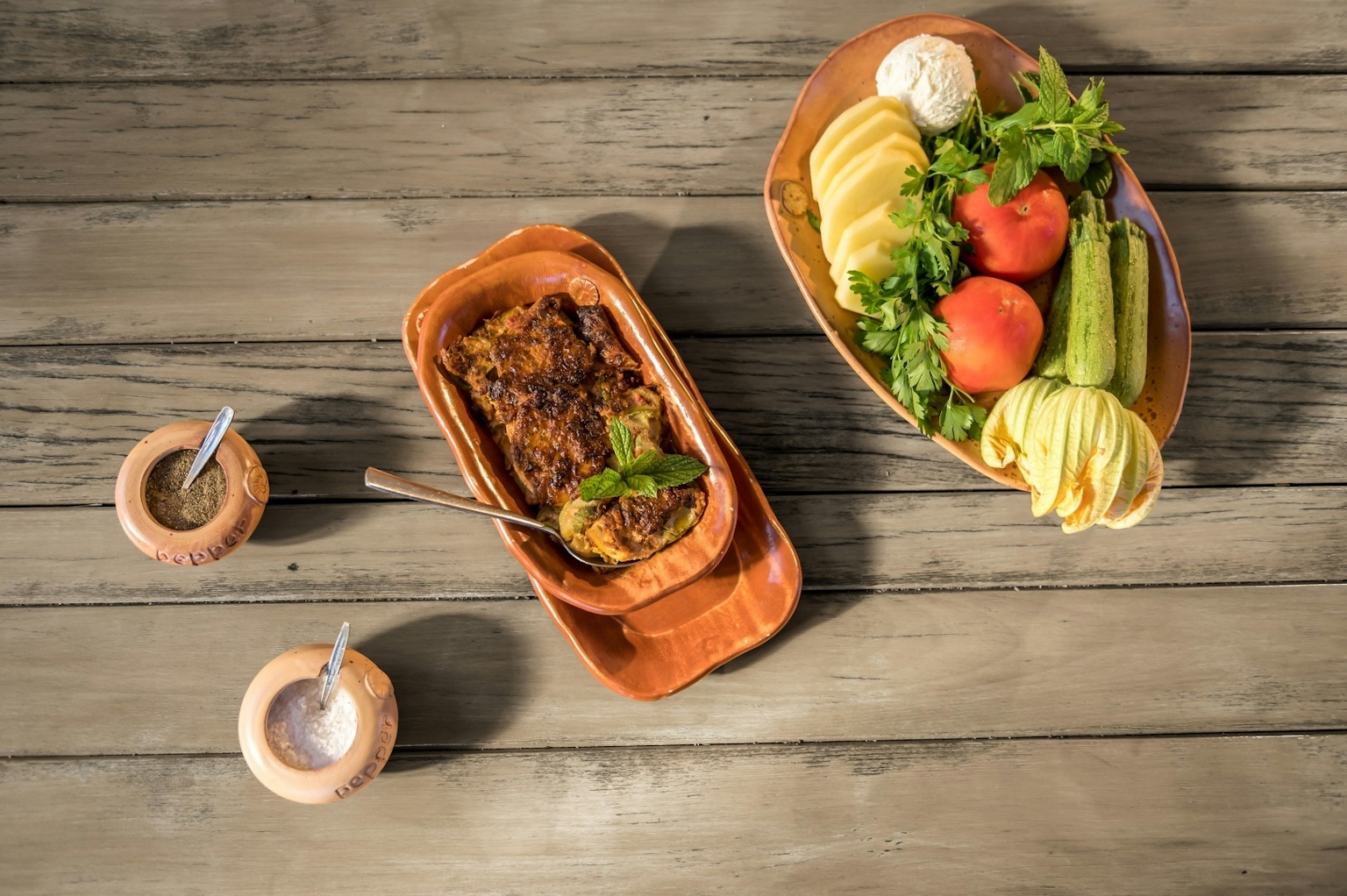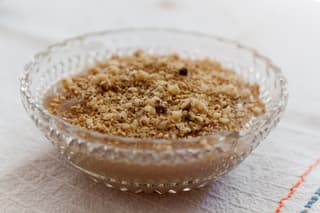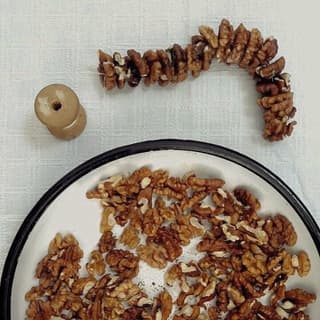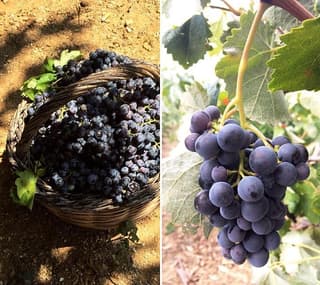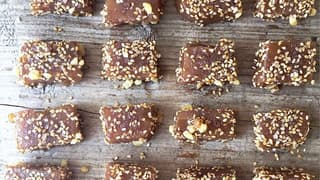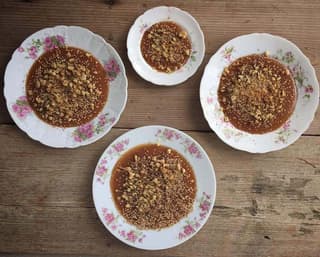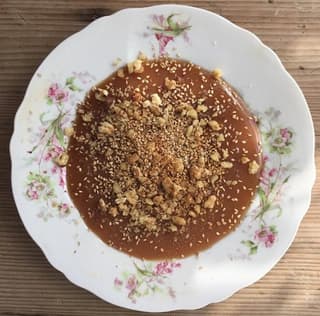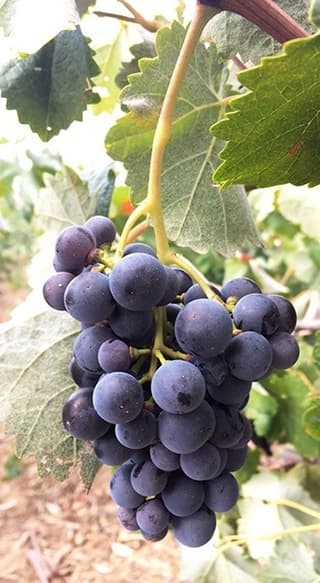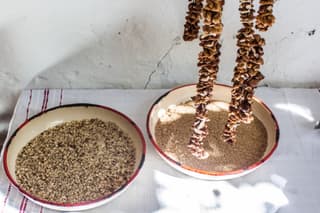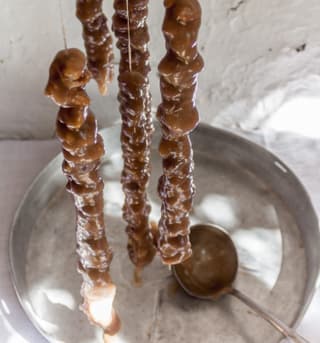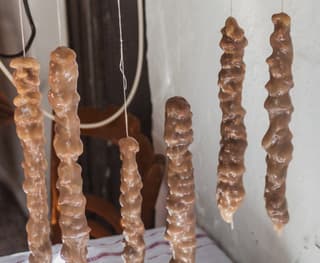The Sweet Bounty of the Cretan Harvest
In Crete, the preparations for the grape harvest and pressing typically commence towards the end of August.
Each member of the family had a specific role to fulfil during this time.
A genuine celebration for the Cretan family was the arrival of the Harvester. The preparations for the grape harvest and pressing commenced at the end of August. First of all, they cleaned the wine press, the wine jars, and the barrels for the must. Additionally, they readied the baskets for the pomace and the bins. Meanwhile, the old wine was transferred to the demijohn to transform into vinegar.
For the wine, they utilised black grapes, either of a single variety or a combination, as well as white grapes, depending on the desired type of wine. The entire family gathered to assist in pressing the grapes. Pressing was both a celebration and a strenuous task. On that day, everyone had their role to play.
The women of the family would traditionally use large clay or metal basins to measure out the desired quantity of must, which they would then clarify to prepare the sweets of the harvest season (such as moustalevria, soutzoukia, and kiofteria). They would clarify a substantial amount of must to enjoy fresh moustalevria. The house would be brimming with dishes of moustalevria: plates, bowls, as well as pots of various sizes. The neighbourhood would be filled with the aromas of must, sesame, and cinnamon—a true celebration of the harvest.
Soutzoukia was the best dessert during the fasting period, but also the dessert served in an unexpected ‘twilight gathering’ (a gathering that takes place before sunset and continues until nightfall, often held in the courtyards of houses during the summer, locally known as ‘veggera’).
Kiofteria served as a winter dessert and was often accompanied by raisins, almonds, walnuts, or dried figs for children's school snacks. It was also a cherished snack among farmers.
Clarification of the must: To clarify the must, start by straining it through a double layer of cheesecloth into a clean pot. Then, prepare the ash mixture (1 tablespoon of pure ash or 1 teaspoon of white soil per 2 litres of must) to aid in clarification. This process helps cleanse and sweeten the must. Place the pot containing the must over medium heat and bring it to a boil. Once boiling, add the ash and skim off any foam using a slotted spoon. Include a bunch of rose geranium and remove it towards the end of the process. Once the foaming subsides, remove the pot from the heat. Allow the must to settle in the pot overnight, then strain it the following day (once or twice), being careful not to disturb the sediment.
Moustalevria: Once the must is clean and ready, use a ratio of 5 parts must to 1 part flour. Keep a small amount of must in a large clay or metal basin and mix it with the flour. Place the pot with the must over heat and let it simmer. Stir the must and flour mixture gently with a serving spoon to prevent sticking. Next, strain the pulp (must and flour) through a colander lined with cheesecloth and mix it with a spoon to dissolve any flour lumps. Pour this mixture back into the pot, stirring gently with a ladle to prevent sticking. Let it simmer, stirring continuously until the flour is cooked. As it boils and thickens, continue to simmer and stir for approximately half an hour until fully cooked.
To test if it's ready, wet a plate and place a spoonful of moustalevria on it, then let it cool down. If it comes off the plate easily, it's ready. Using a ladle, transfer it into plates and baking pans, then sprinkle with roasted sesame seeds, crushed walnuts, and cinnamon.
Soutzoukia: Thread fresh walnuts, either whole or halved, until the desired length of the soutzouki is reached. Tie the thread when finished and hang them up. While the moustalevria is still cooking, dip the walnuts into the pot with the mixture, then remove and hang them to dry thoroughly. Place a baking pan underneath the soutzoukia to catch any drips and prevent mess. Repeat the dipping process 3-4 times, depending on the desired thickness. Once finished, allow them to hang and dry for a short while, covering them with a cheesecloth to keep insects away. Leave them hanging for a few days until fully dried and ready to eat.
Kiofteria Allow the moustalevria to dry slightly in the baking pan, then cut it into small pieces, either triangles or squares. Spread the pieces out on a wooden surface and leave them to dry for a few days before storing them.
Lena Igoumenaki
President of the Cretan Cuisine Festival Association
Cretan Cuisine Festival
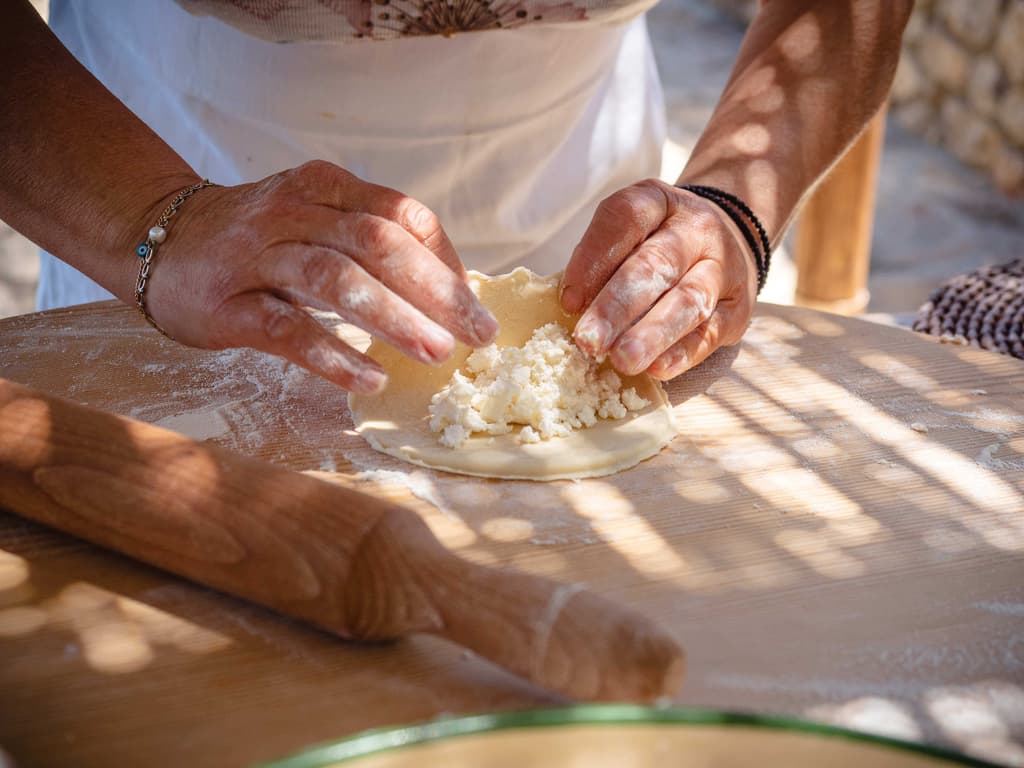
Mizithropites: Authentic Cretan Pies
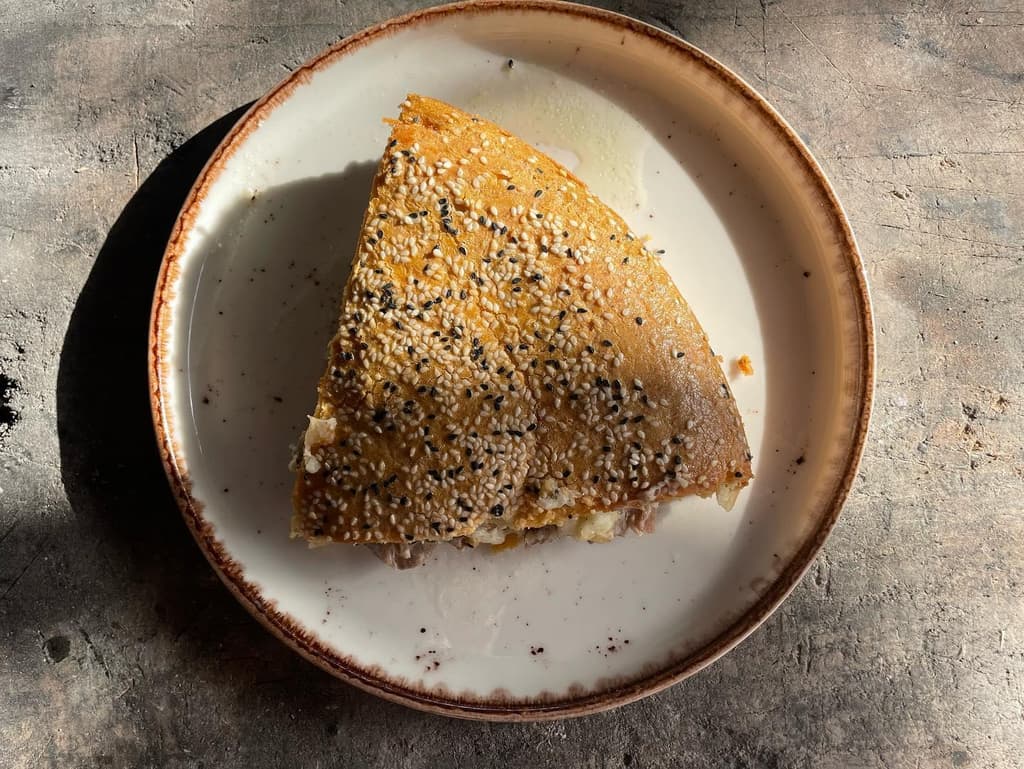
Meat cake

Chania Boureki or Courgette Boureki

Topia (Balls)
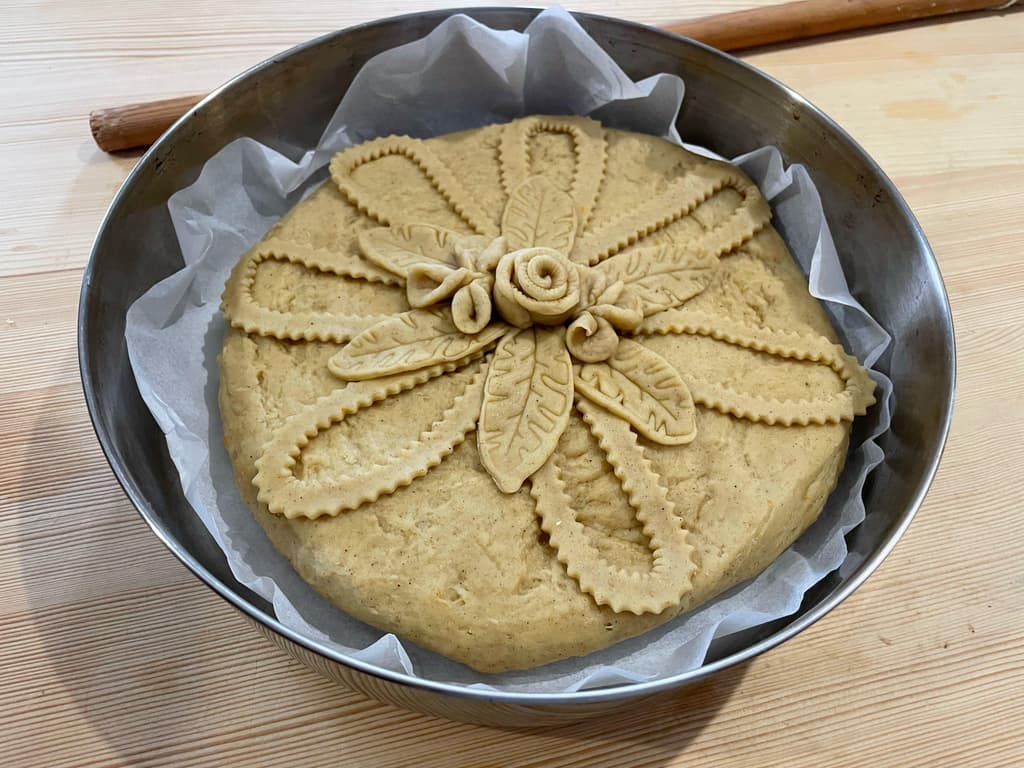
The Traditional 'Bread of the Year'
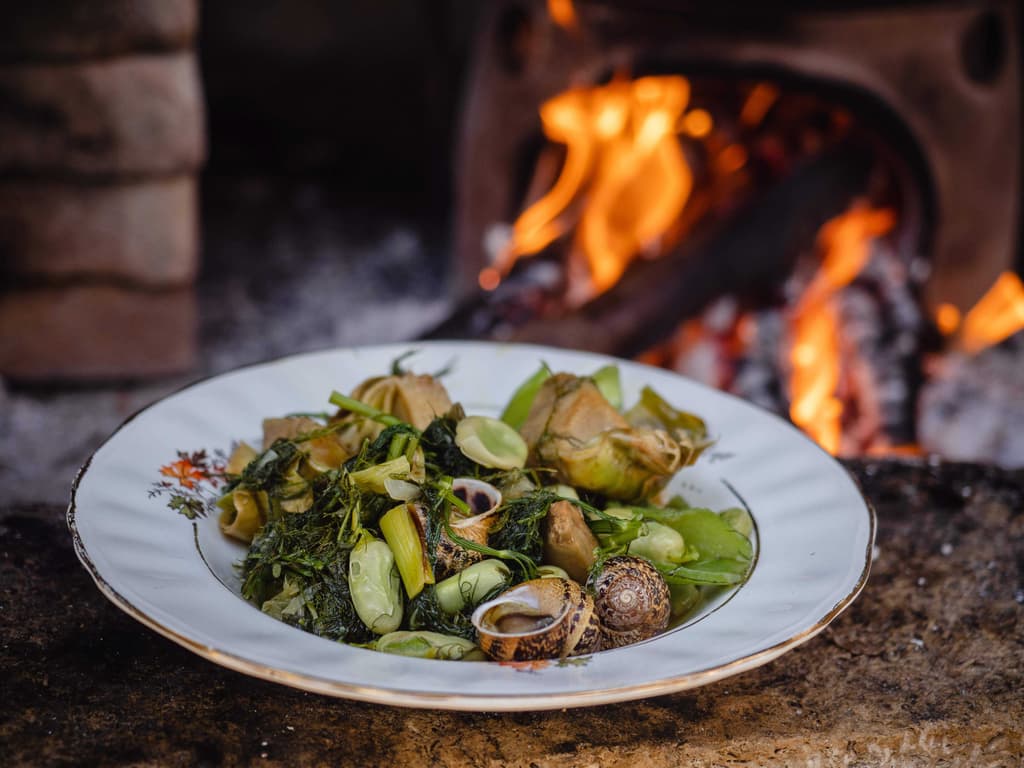
Snails with Broad Beans and Artichokes
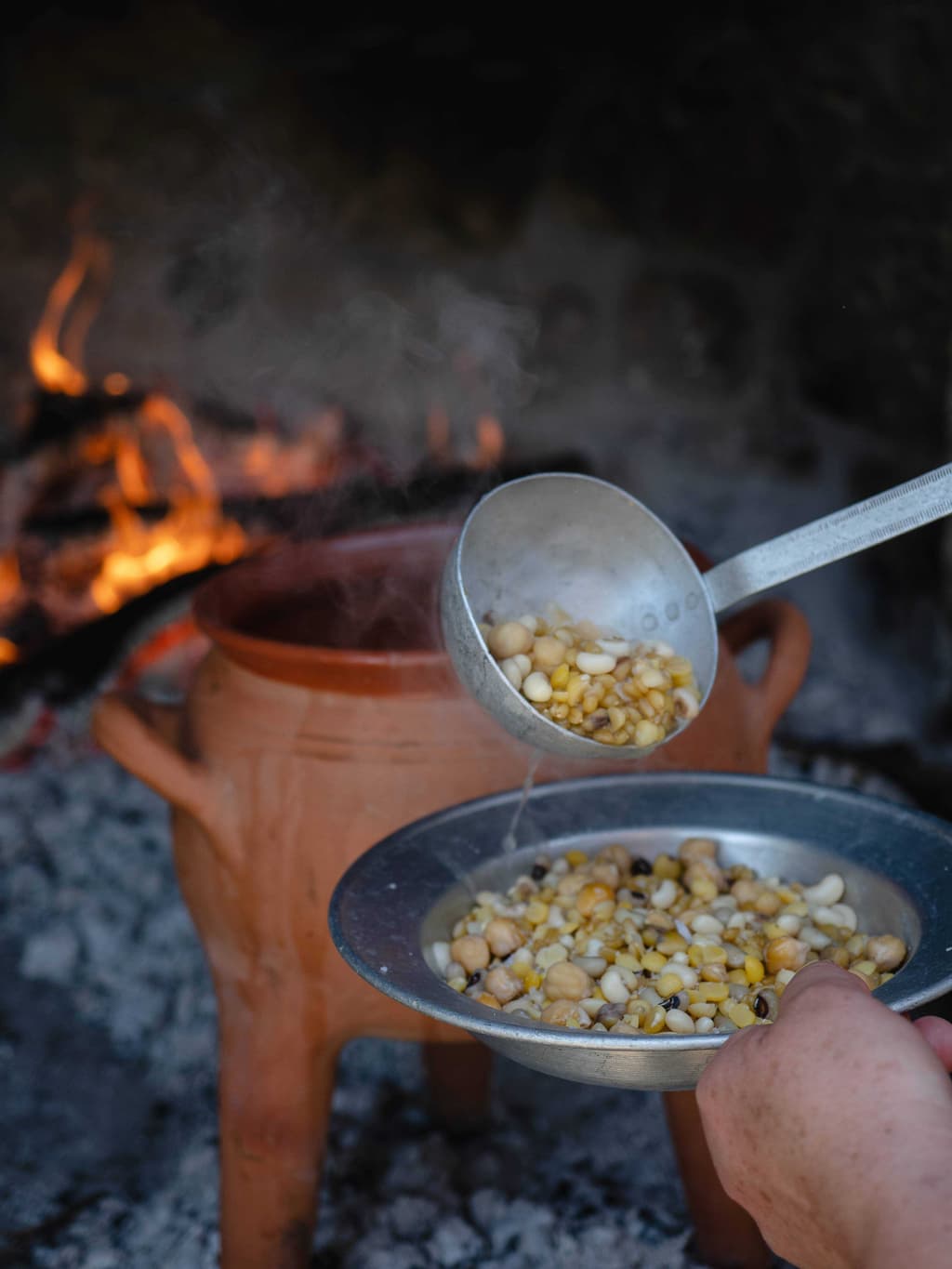
Cretan Ospriada or Palikaria (A Legume Dish)

Chickpeas with Wild Leeks, Flour and Lemon Sauce
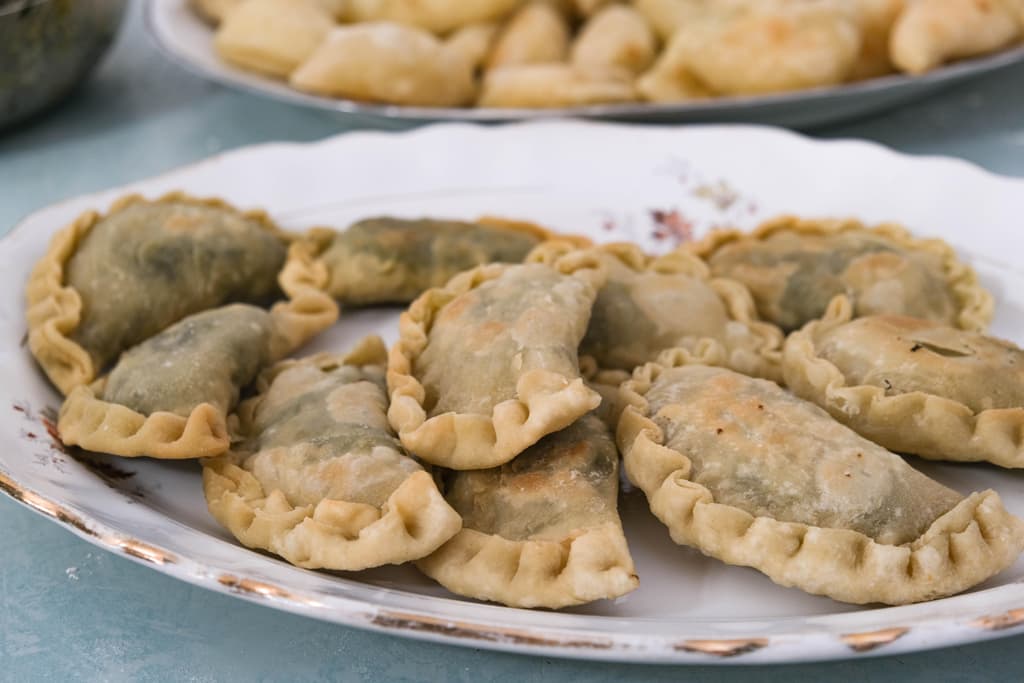
Pies with ‘Yachnera’ Greens
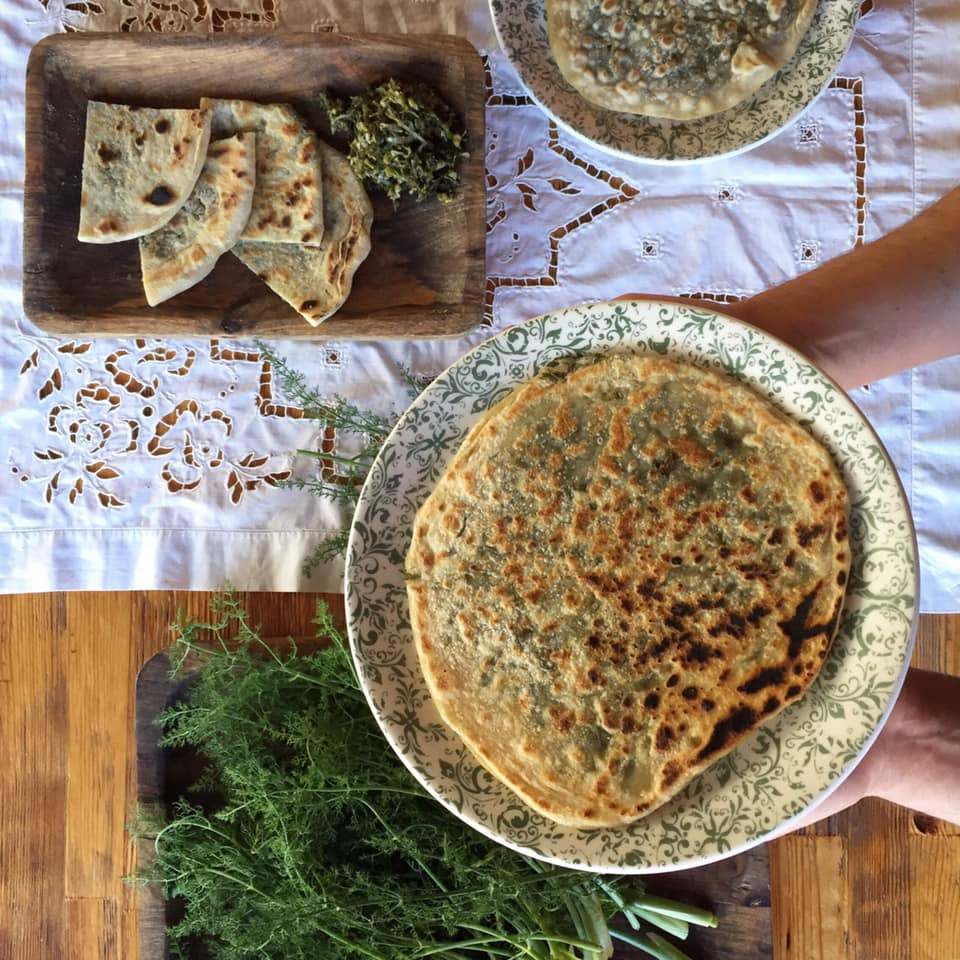
Fennel Pie

Sfakian Pie or Sfakianopita

Biscuits with Sesame Seeds

Sweet Rice Pie or 'Tzoulamas'
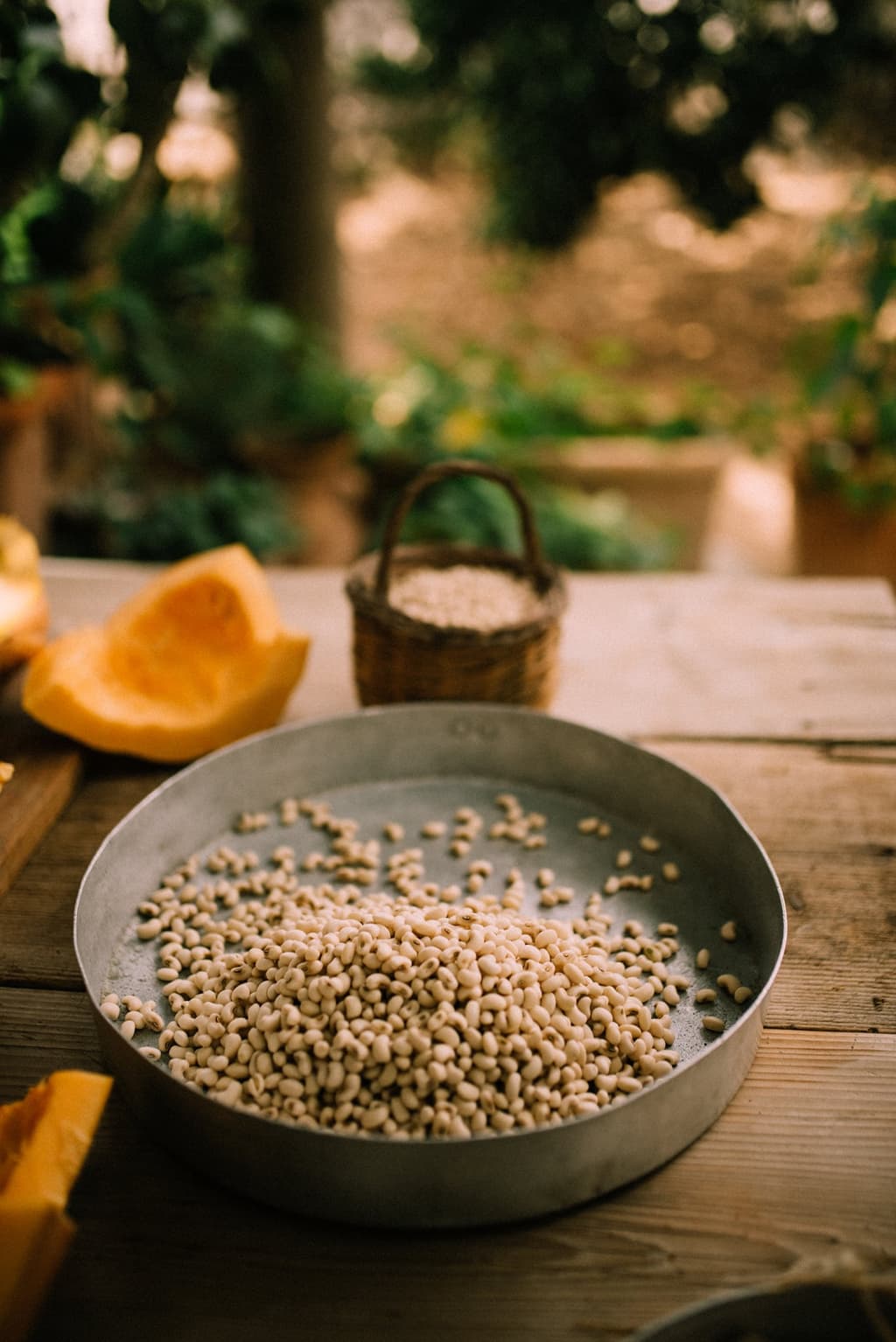
Apostoli White-Eyed Bean

Almond-Infused Goat Dish with Fennel: A Fresh Delight

Lazarosavato
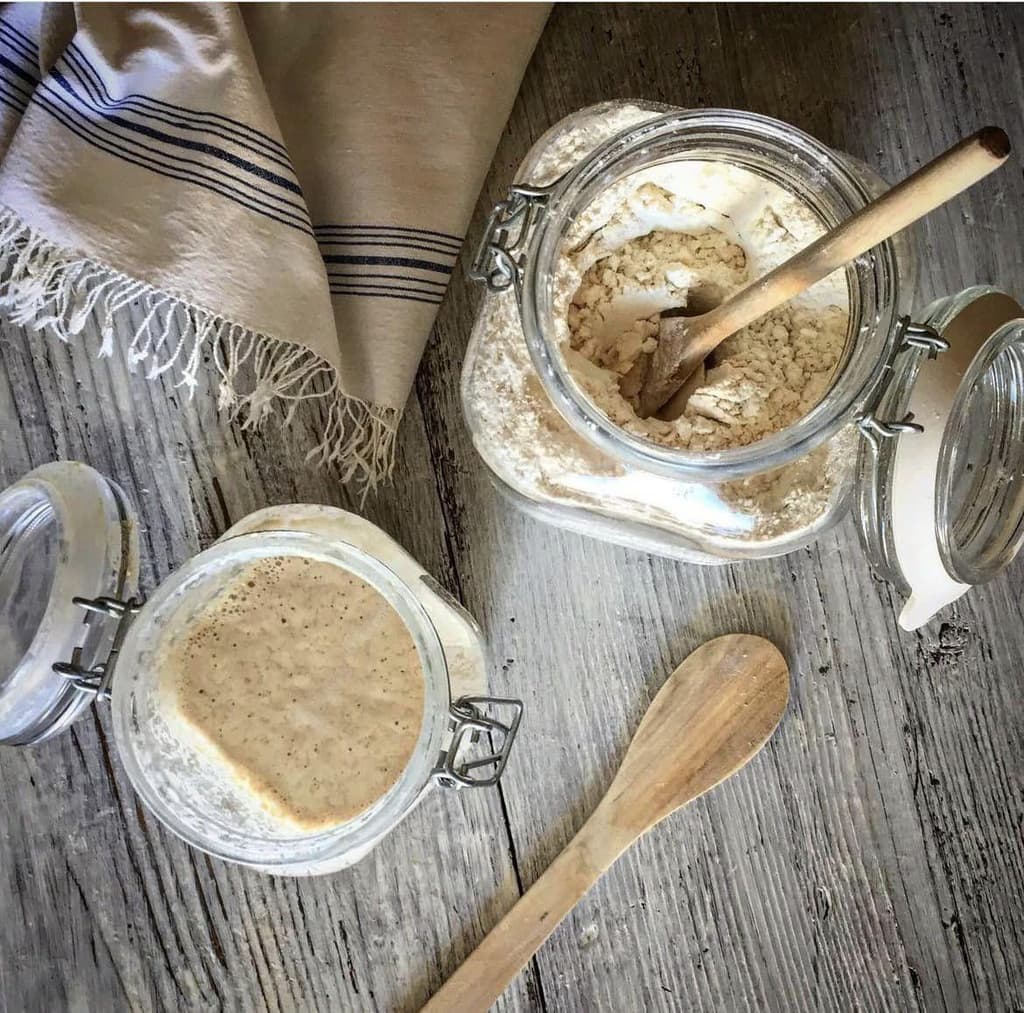
The Holy Week Sourdough
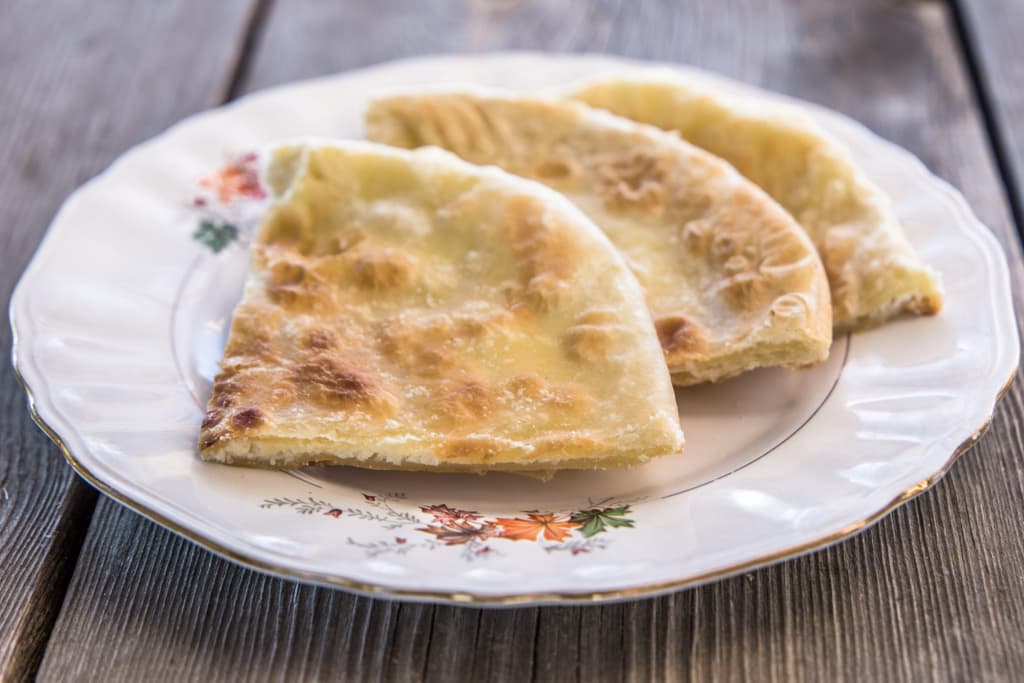
Nerati Mizithropita
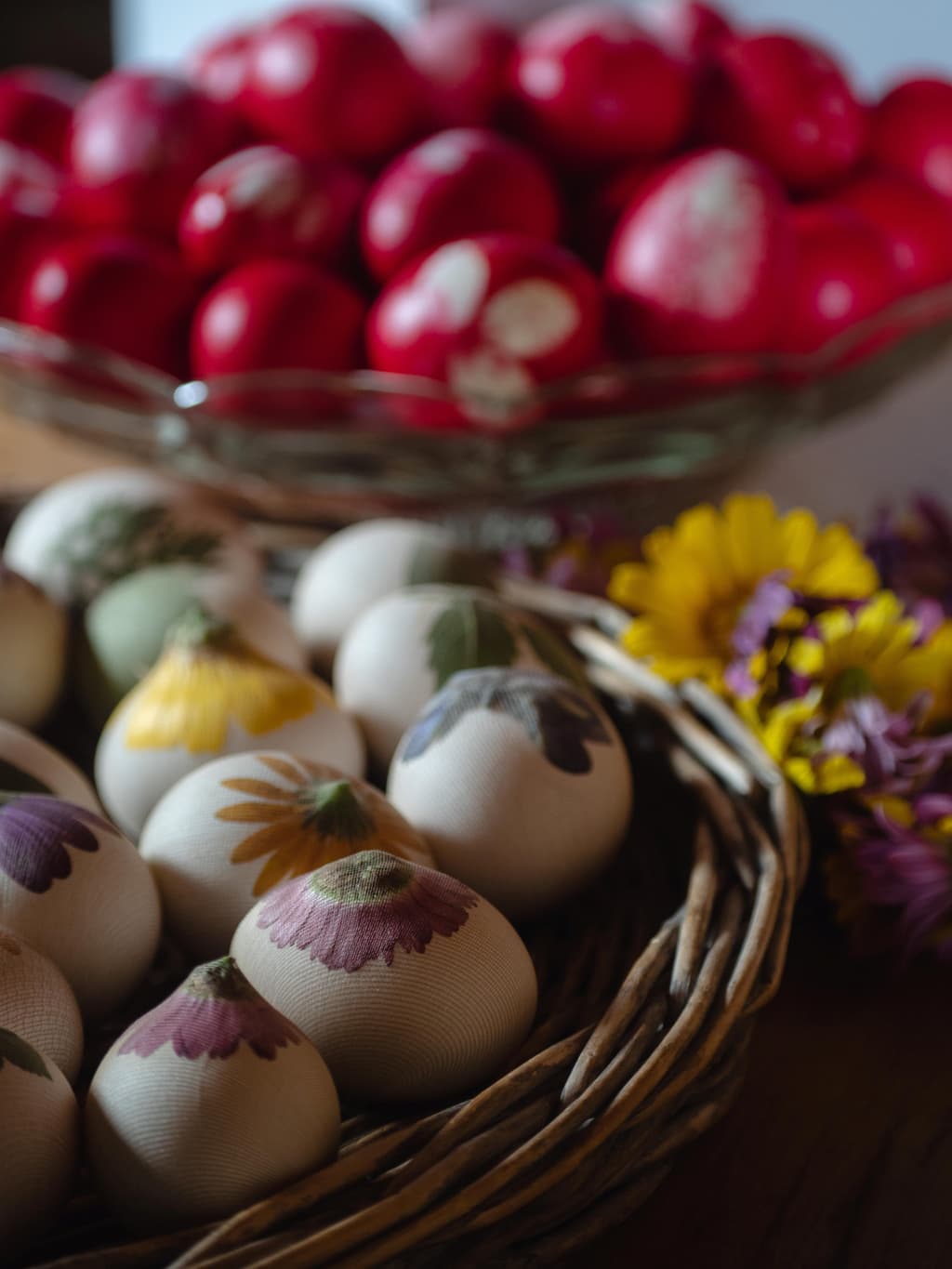
Easter Eggs

Kalikota
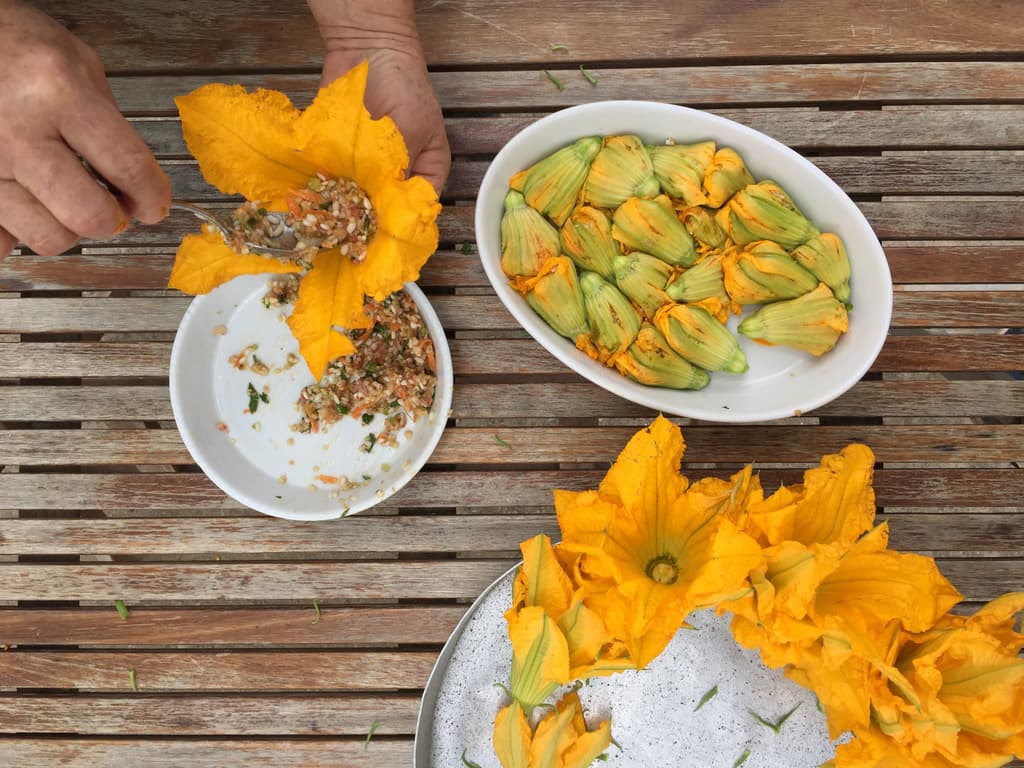
Stuffed Courgette Flowers
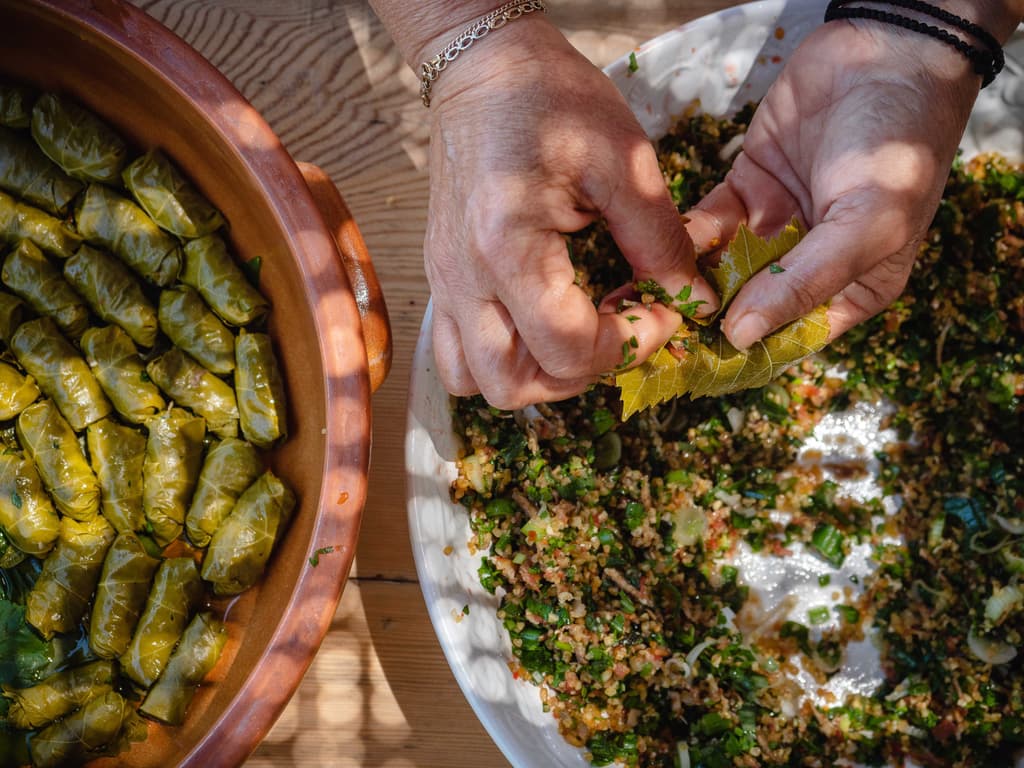
Stuffed Vine Leaves

Cracked Wheat and Snails

Chochli Boubouristi (Snails Face Down)

Mangiri
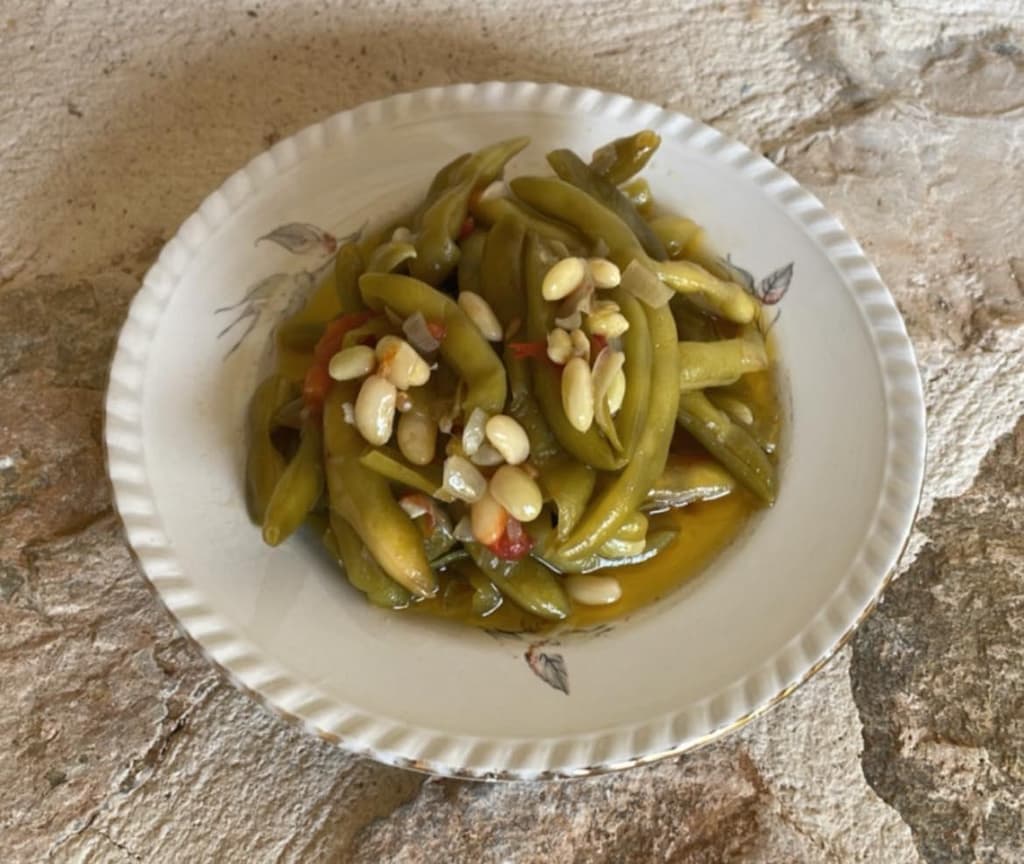
Symian Bean
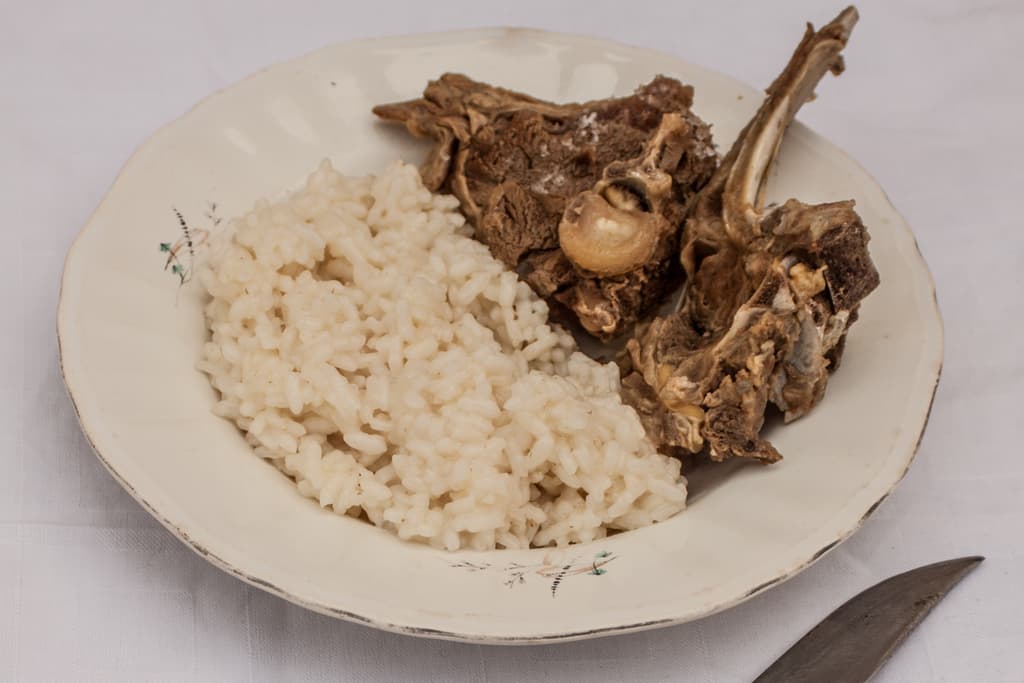
Cretan Pilaf
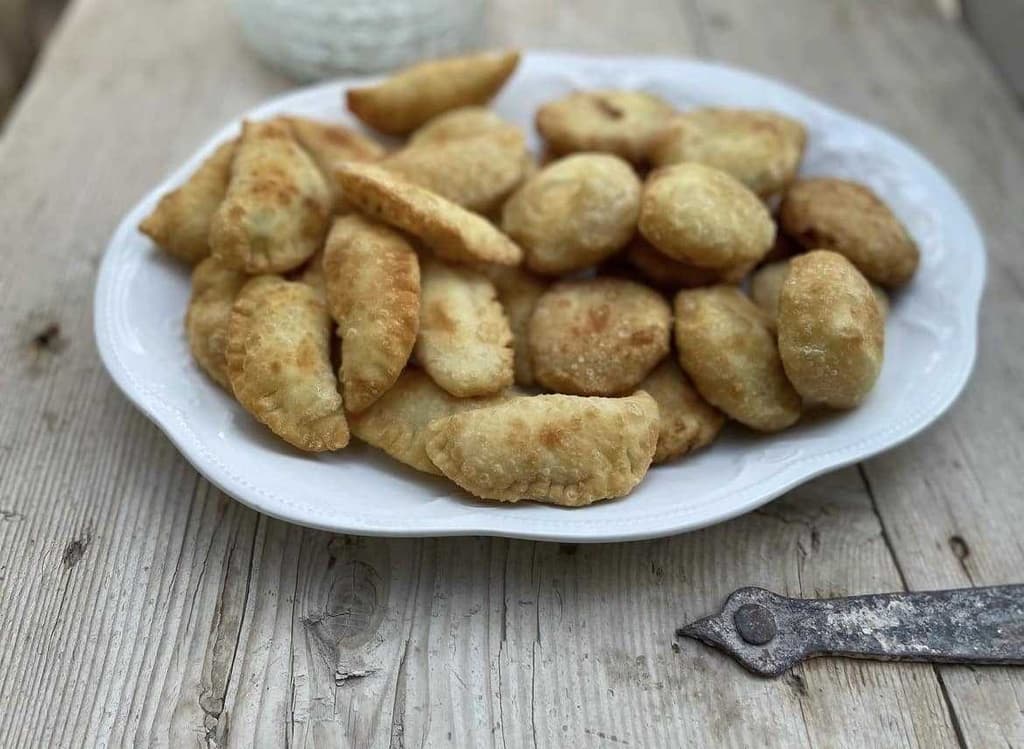
Rethymno Water Pies
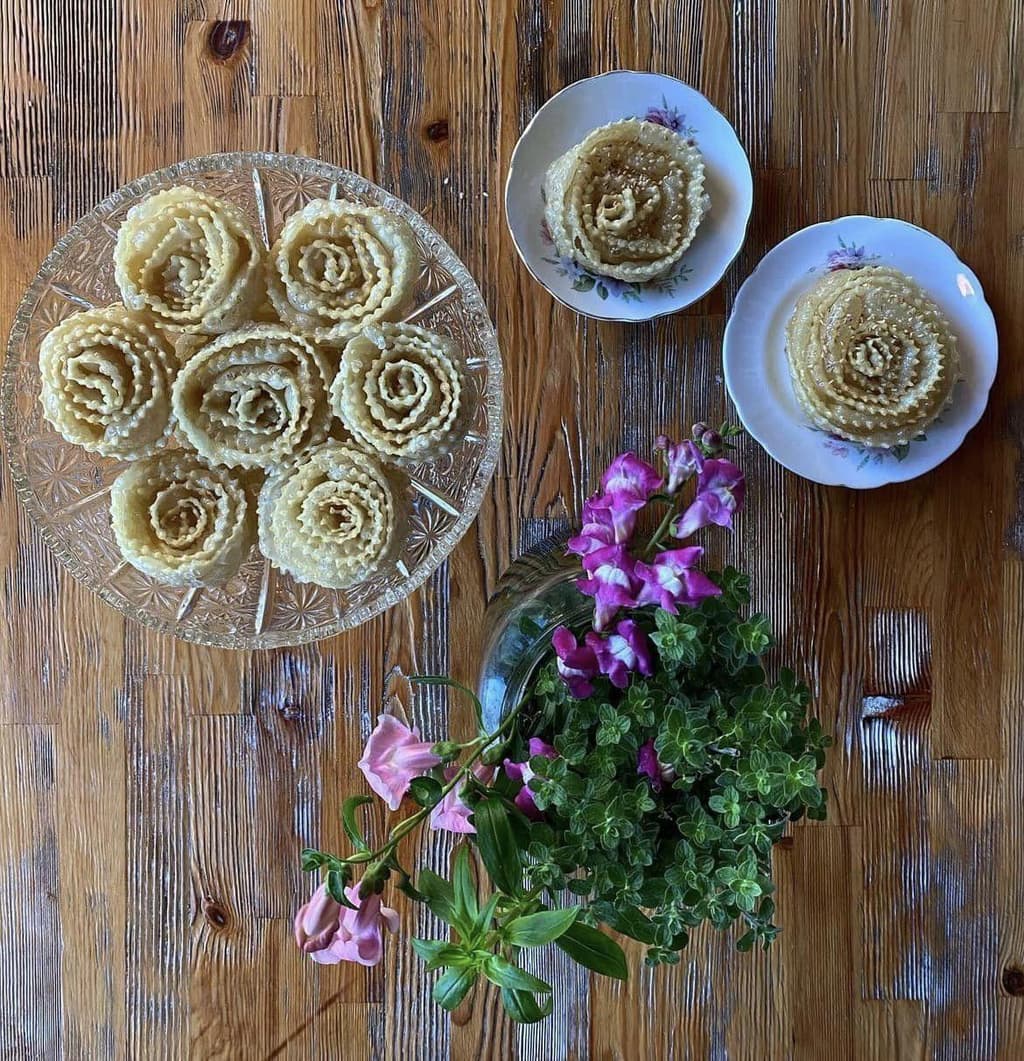
Xerotigana
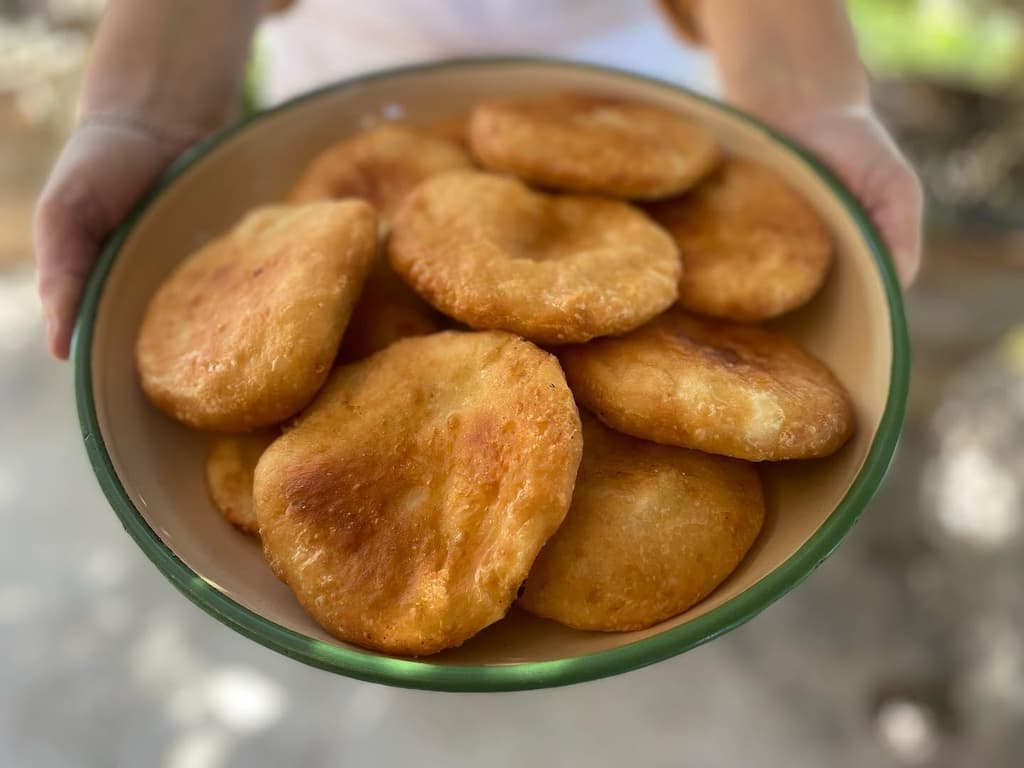
Agnopites
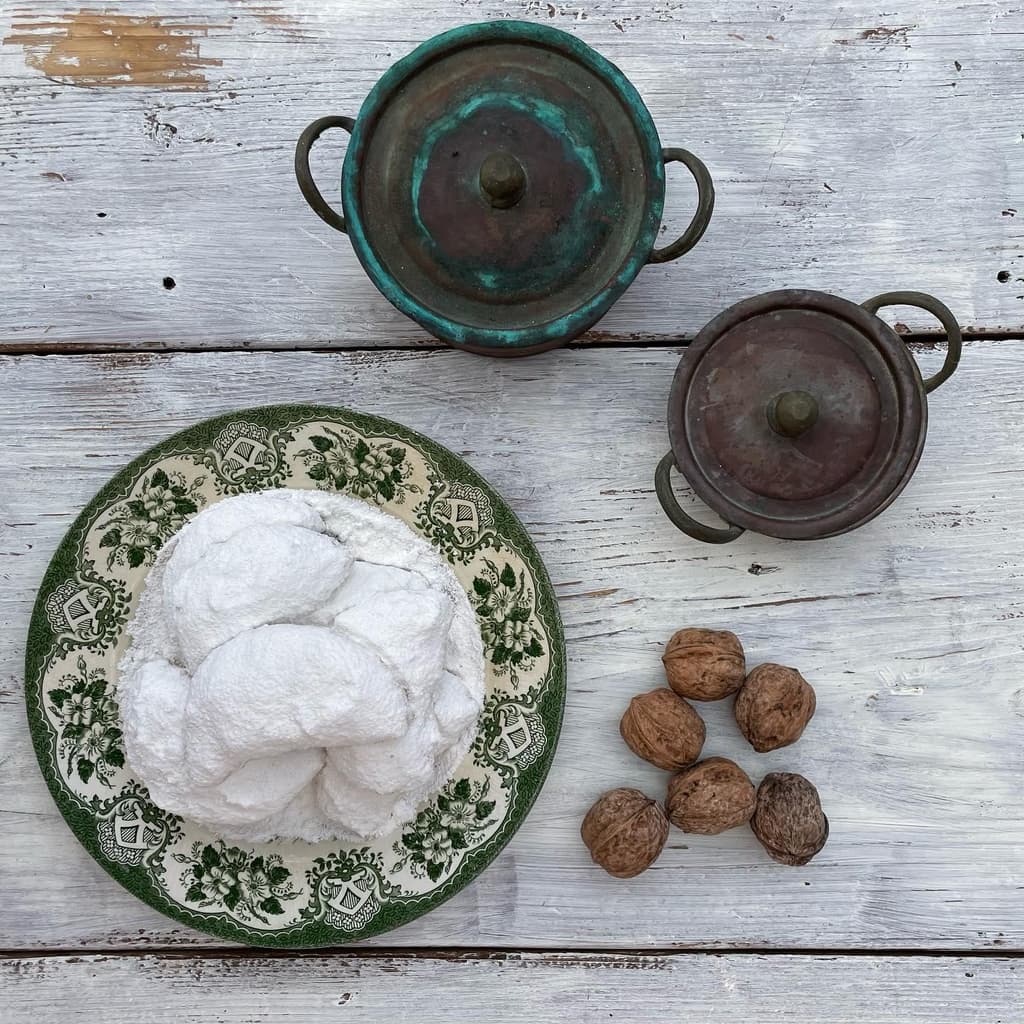
Patoudo
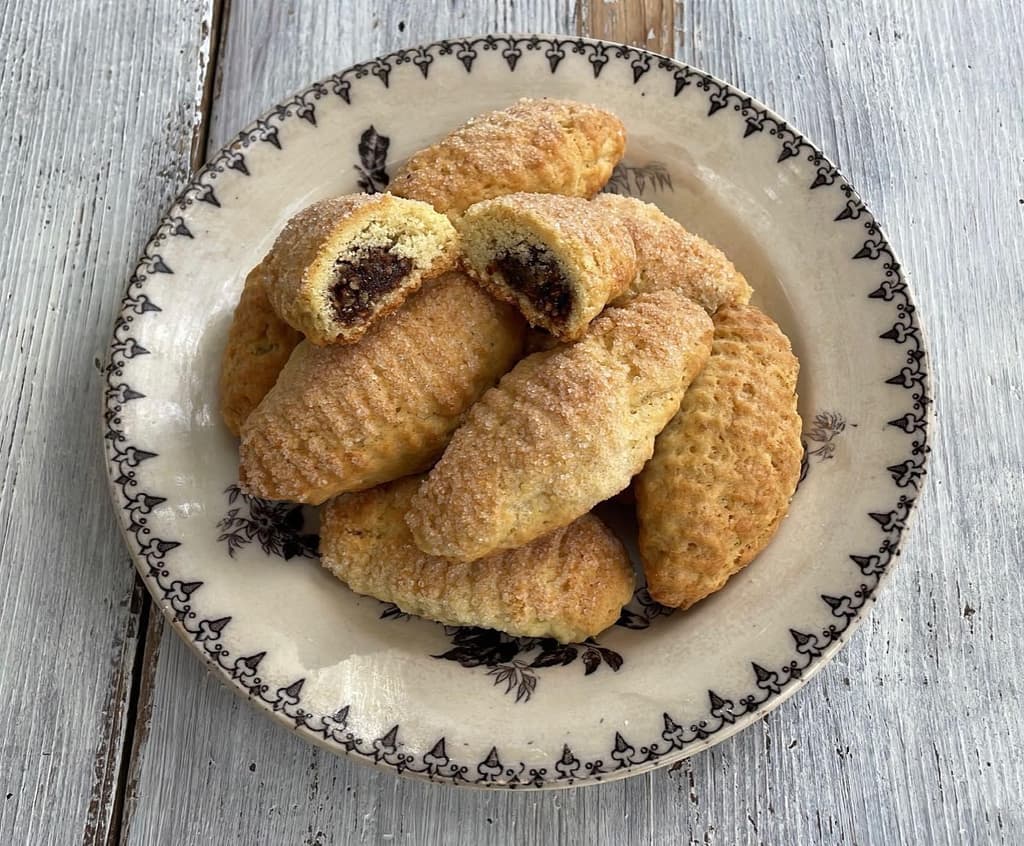
Safidota
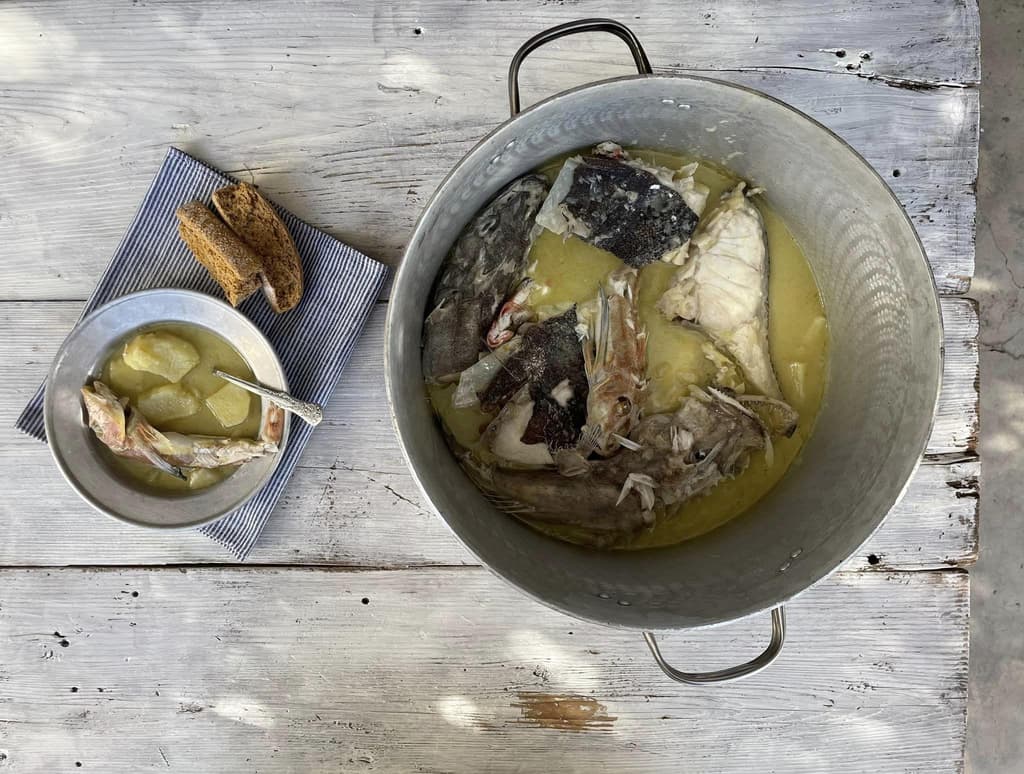
Kakavia (Fish Soup)
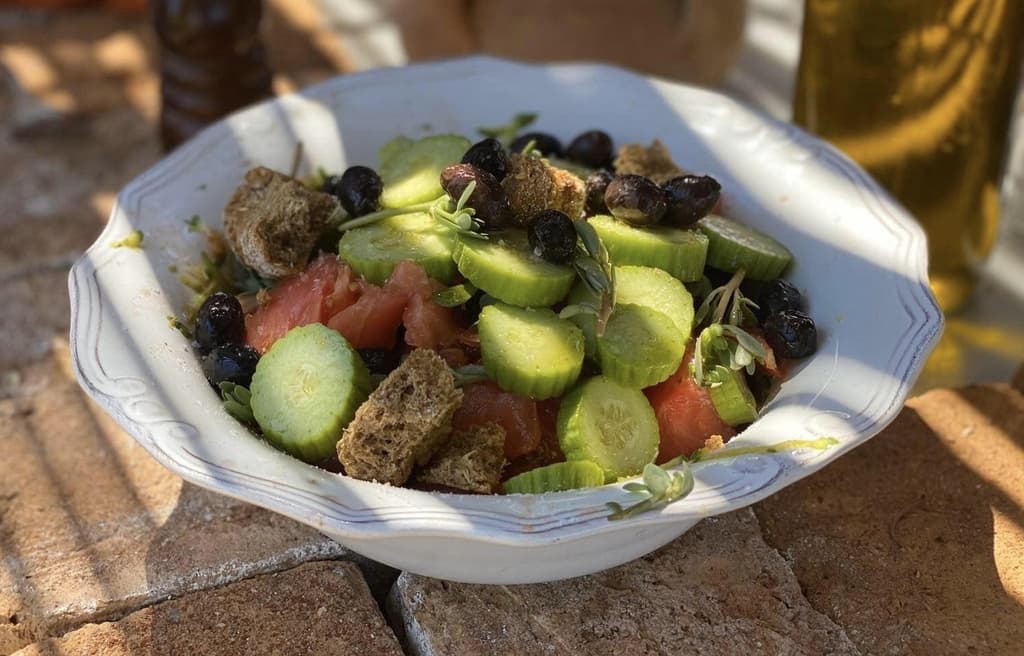
Cretan Greek salad
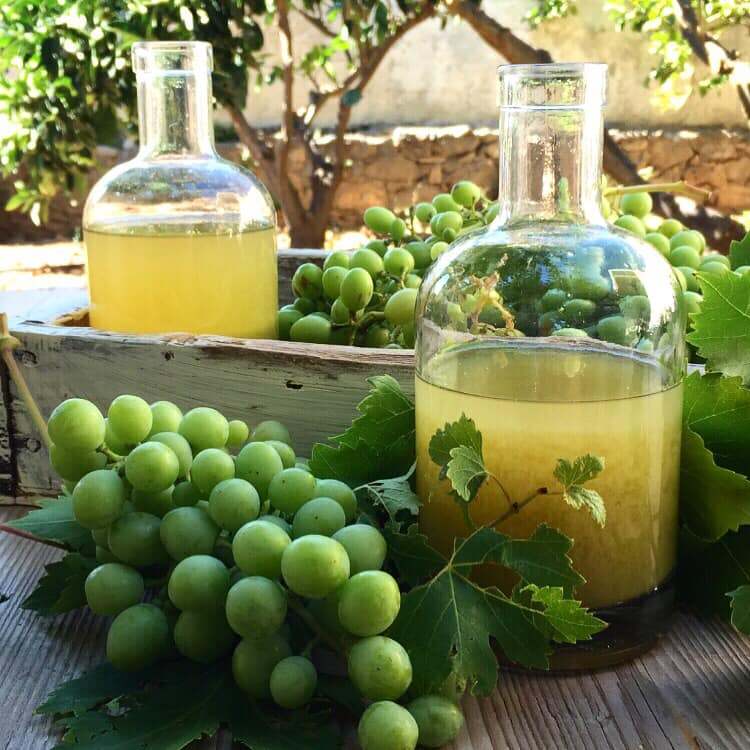
Okra and Unripe Grape

Kapriko
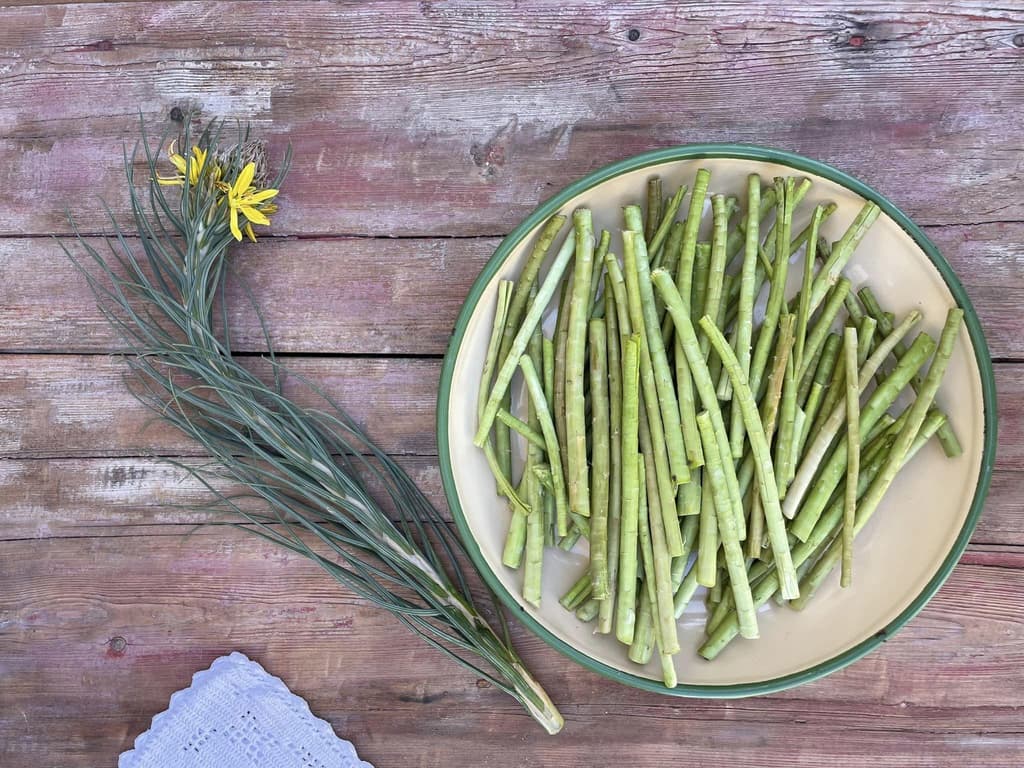
Discovering and Cooking Asphodelaceae: A Taste of Local Cuisine

Moustokouloura
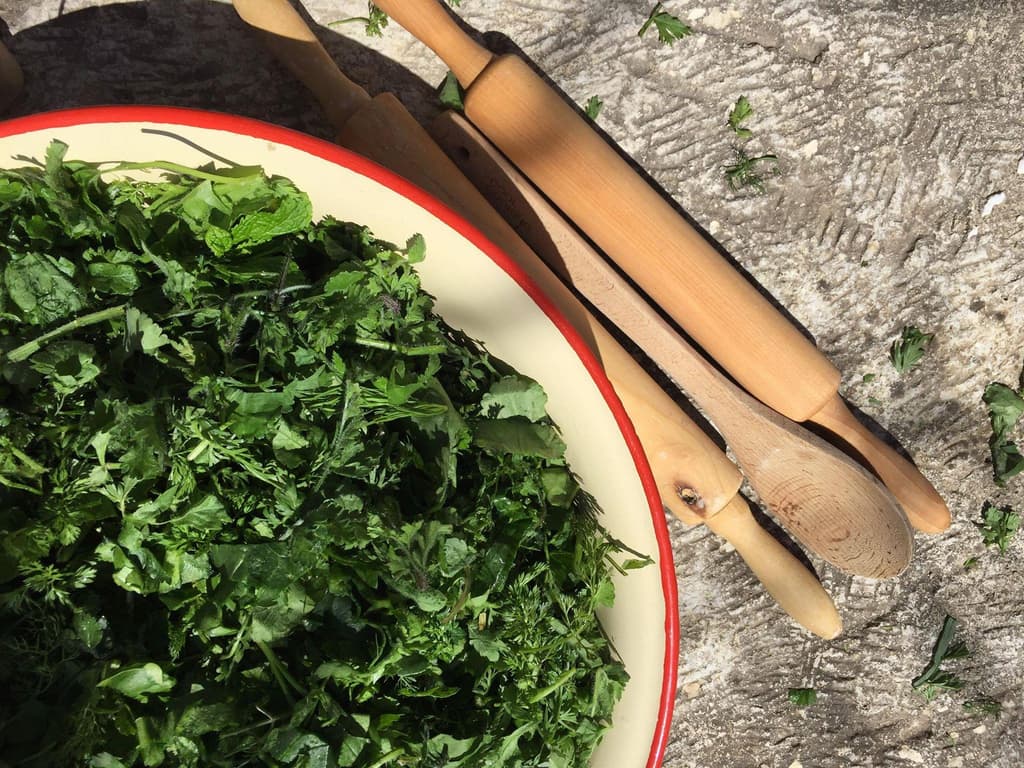
Pie with 'Yachnera' Greens: Baked to Perfection
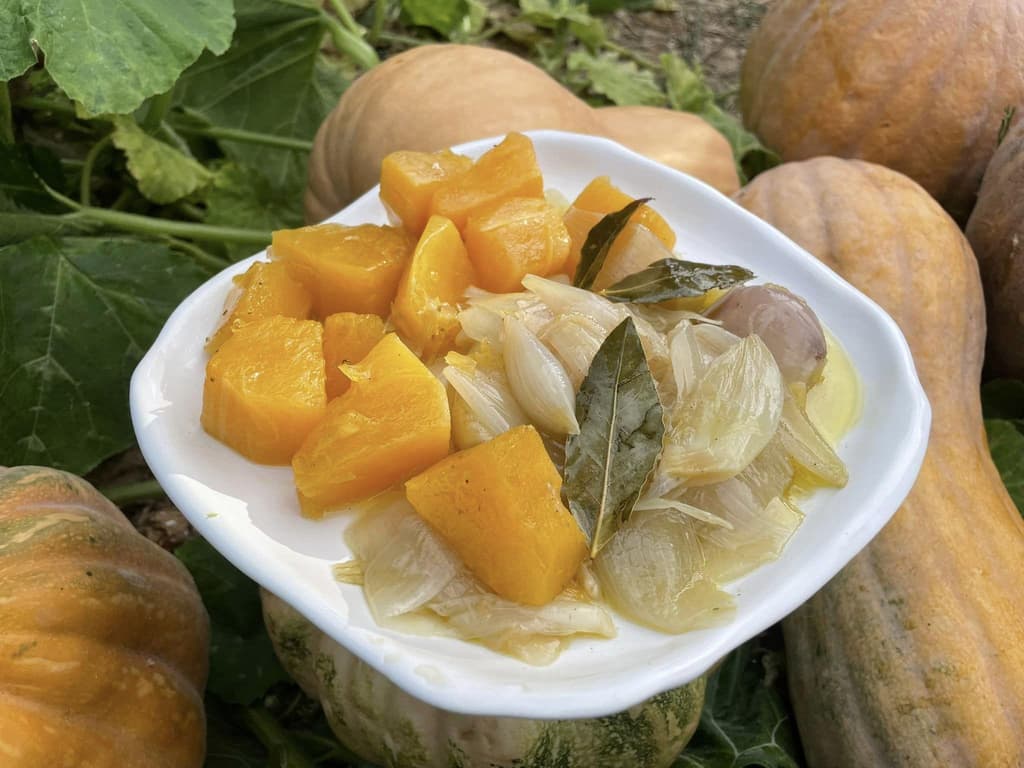
Pumpkin Stifado
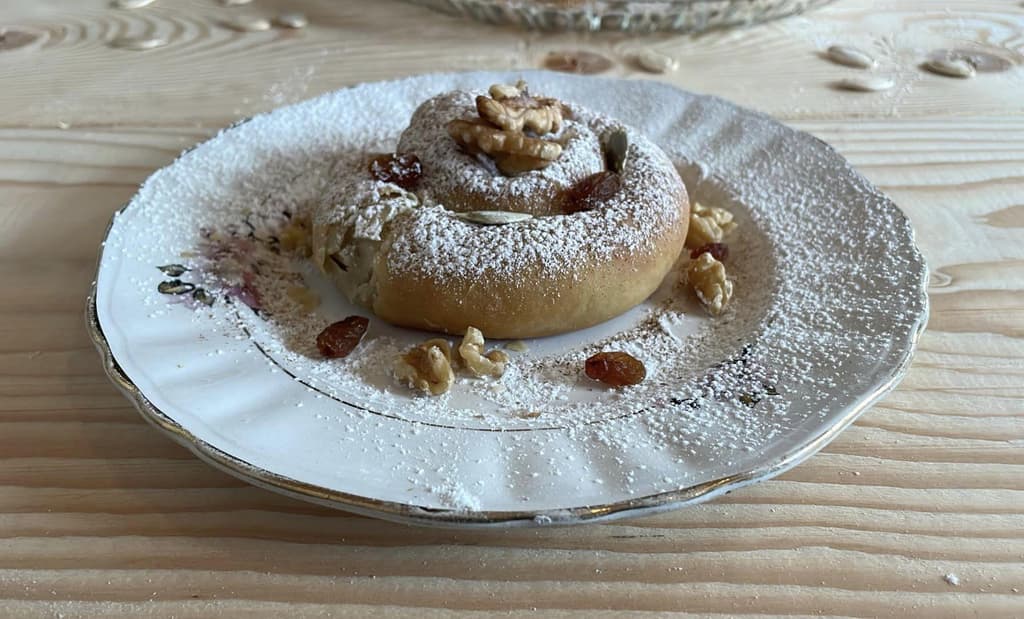
Sweet Pumpkin Pies with Raki Leaves (Oven)
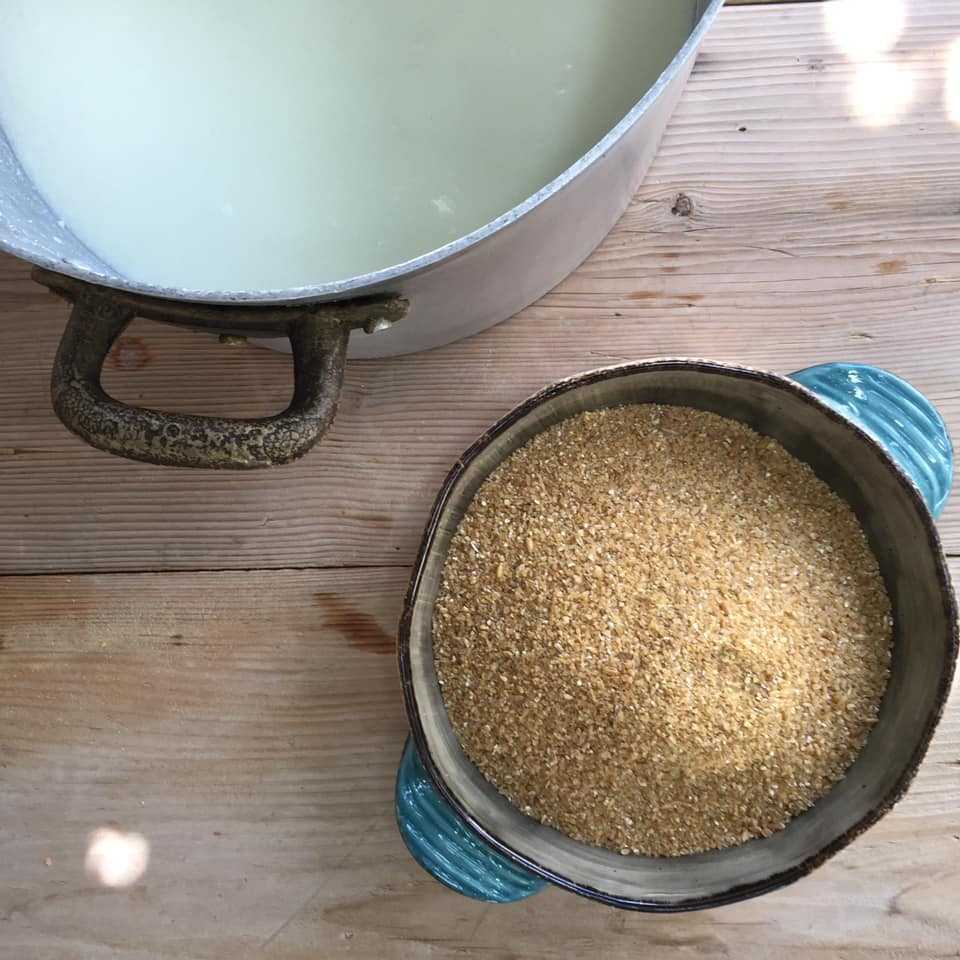
Xinochondros: Sour Bulgur Pasta
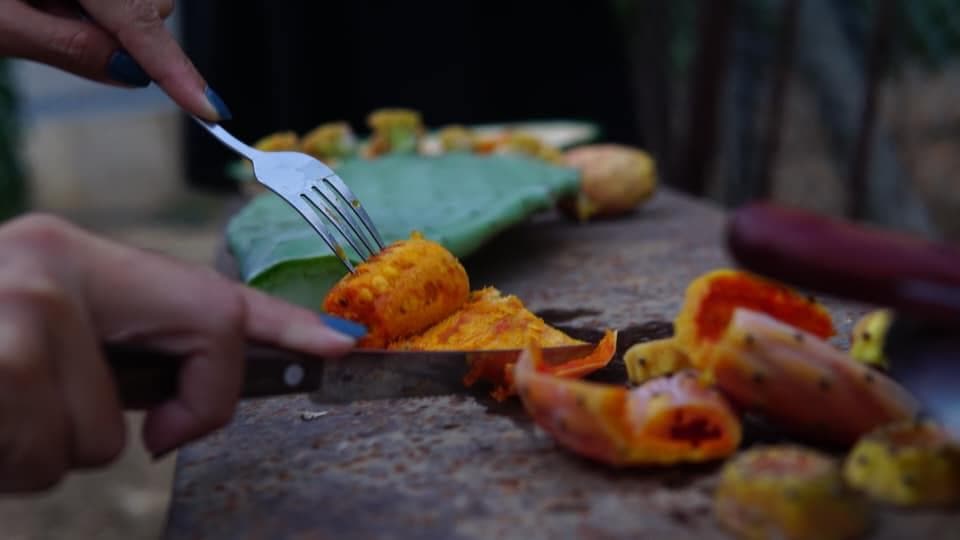
Prickly Pear or Indian Fig

Black Bryony

Tahini Soup without Oil

Chylofta with Milk

Tyrozouli or Cretan Home Cheese
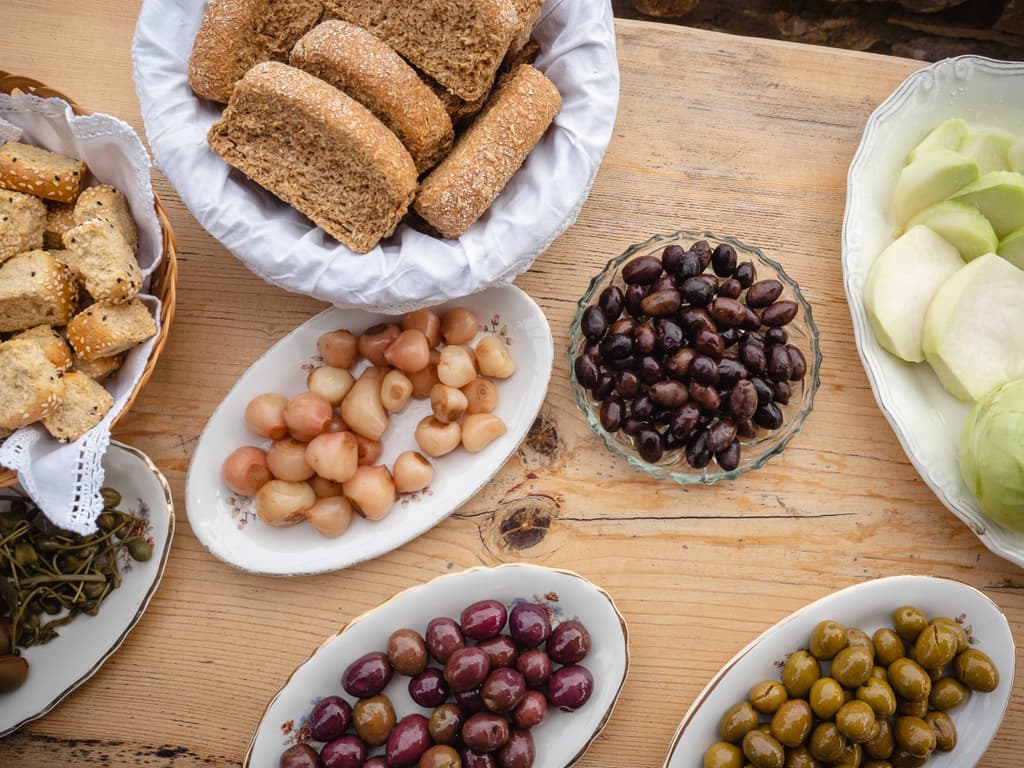
Pickled Tassel Hyacinth

Sourdough Dagoulakia

Quince Confection

Delicious Homemade Treat with Lemon Blossoms

Tiganopites: Greek Fried Pies

Dietary Practices in 17th Century Crete
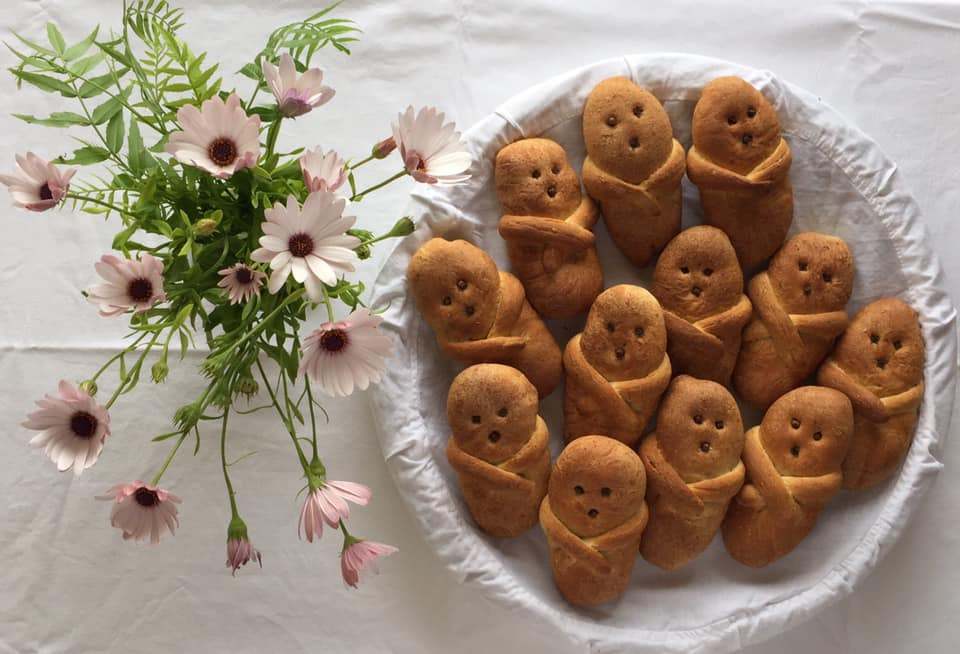
Lazarakia

Kalitsounia from Chania
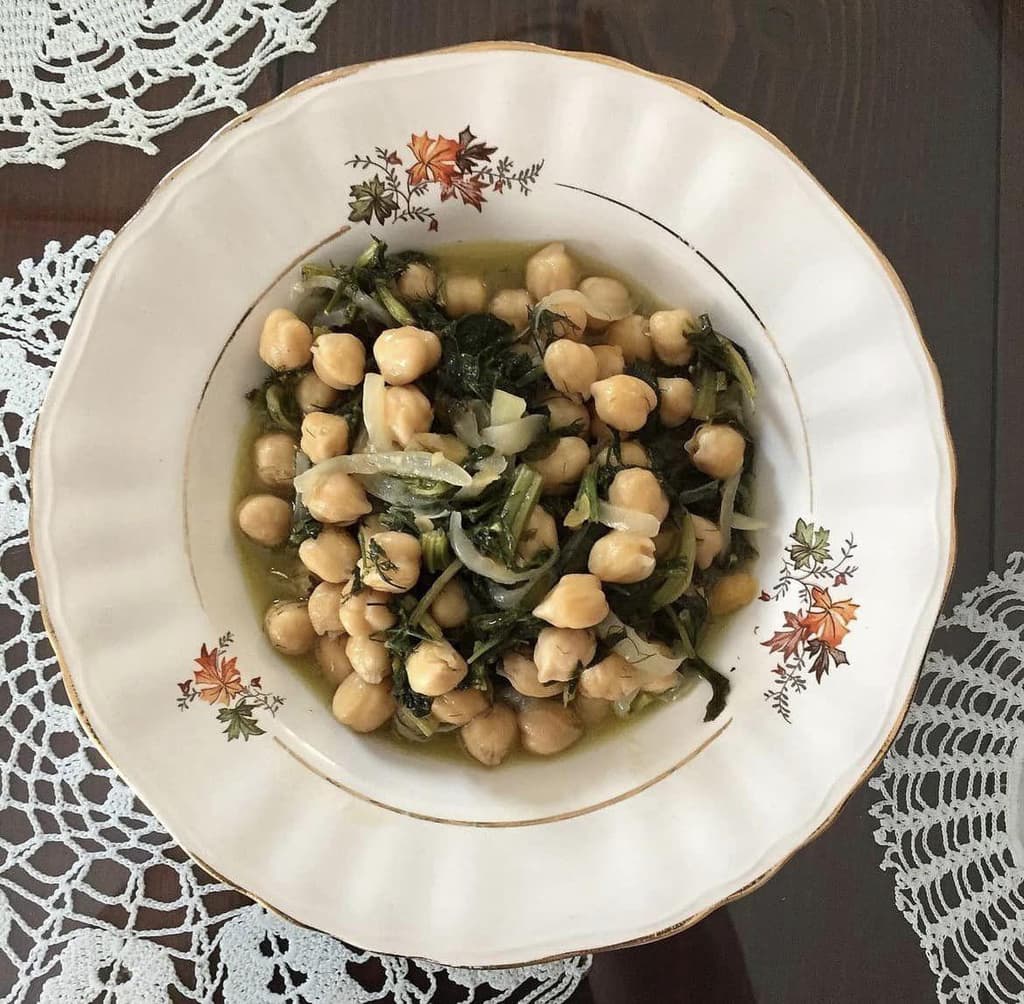
Chickpeas with Yachnera: A Delightful Dish
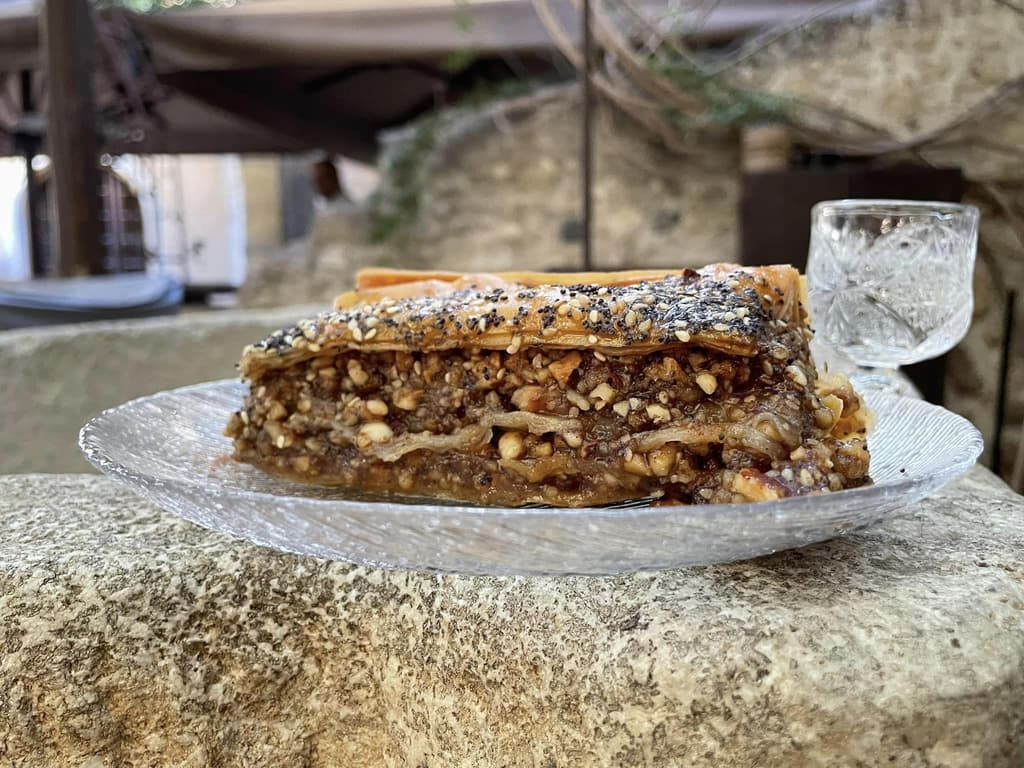
Gastrin



















